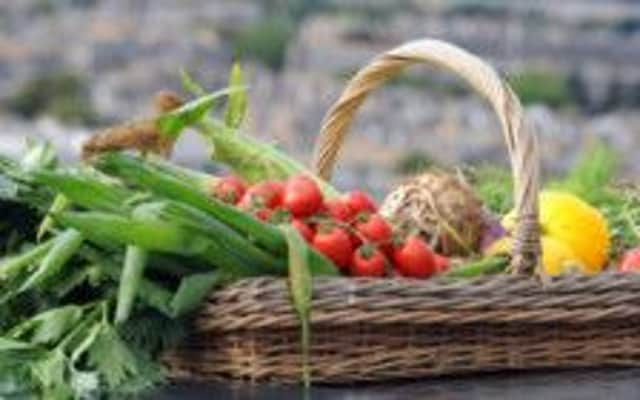Jane Bradley: May the saucepan mark thrive here too


A first world problem, perhaps, but irritating nonetheless. In France, they have come up with a solution – an offical symbol which restaurants will only be allowed, nay, forced, to use if their fare is actually made from scratch.
The symbol, which looks like a Sanskrit saucepan, will legally have to appear next to every meal which is home made, while any dishes which are pre-prepared will be conspicious by the symbol’s absence.
Advertisement
Hide AdAdvertisement
Hide AdThe new law came into force this week and will be policed by anti-fraud inspectors. Research from the country’s Union of Hotel Skills and Industries has claimed that 85 per cent of French restaurants secretly make use of frozen or vacuum-packed food, while restaurant federation Synhorcat last year found 31 per cent of restaurants in France admit to using at least some ready-made dishes.
Not what you would expect from the gastronomic capital of Europe.
The new law allows for exceptions, of course, aimed at making life easier for businesses. Raw products which have already been frozen, refrigerated, cut up, ground, smoked, or peeled before being delivered to the restaurant can still qualify in a “homemade” dish.
The French classic of “frites”, however, must be prepared in-house – with peeled potatoes one of the banned items if a restaurant wants to boast its homemade credentials. However, products which would require a full-scale business in themselves to prepare in-house, such as bread, pasta, cheese and wine, are exempt.
Figures don’t seem to exist to tell me what proportion of Scottish restaurant meals are pre-prepared, but I would bet if the tally is high in France, where good food is a key part of the culture, we’re not likely to be far behind.
A few years ago, there was an outcry when it emerged that a restaurant and a group of gastro pubs owned by celebrity chef Gordon Ramsay used pre-prepared meals including boil-in-a-bag coq au vin made at the kitchen of his own GR Logistics production arm.
Otherwise, it is a part of eating out which we generally seem to accept – commenting, often with a hint of surprise, when it turns out that things are actually freshly cooked.
According to Scotland Food and Drink chief executive James Withers, number two on the things tourists want to do in Scotland is to eat local produce, behind only sightseeing – making the industry an important one for Scots. Not as important as for the French, of course, where eating is surely top of every tourist’s to-do list.
Advertisement
Hide AdAdvertisement
Hide AdA new initiative from VisitScotland is attempting to do something similar to the French “saucepan mark” – but without the strident authority of our Gallic friends.
“Taste our Best” accredits places that are now serving a high level of fresh, local produce and who highlight that on their menus or tell their story in a “positive way”. But with the onus on the restaurants that do, rather than those which don’t, it is unlikely to push many lazy chefs into smartening up their game.
I’m all for the saucepan mark. Why let substandard, corner-cutting chefs hide out behind the cosy complacency of microwaves and industrial kitchens?
Hunt them out, I say – introduce our own saucepan mark and let’s make sure our tourists sample Scotland’s larder and not Scotland’s freezer.